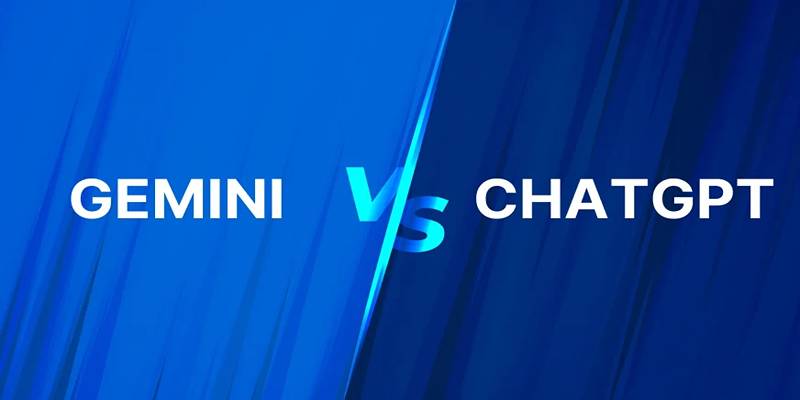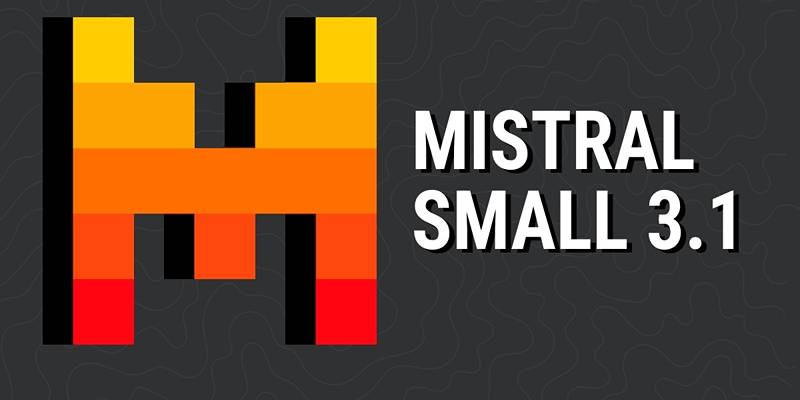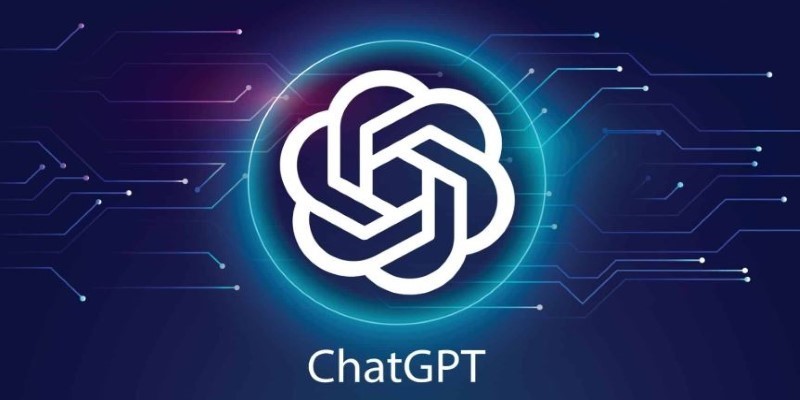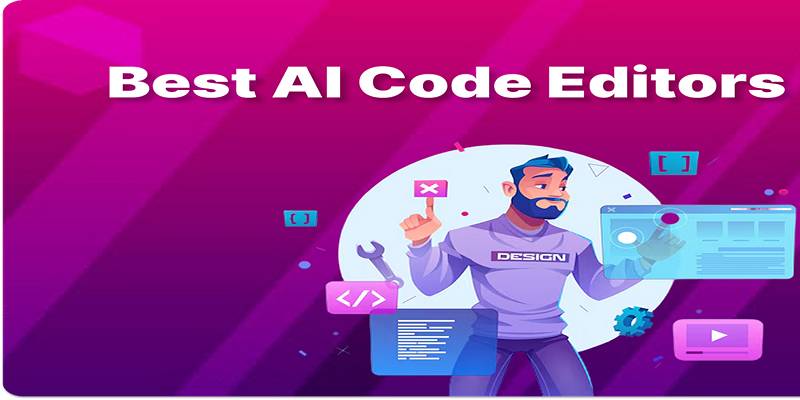The year 2025 has brought significant advancements in artificial intelligence, especially in the field of coding with large language models (LLMs). Two standout models—Claude 3.7 Sonnet, developed by Anthropic, and Grok 3, created by Elon Musk’s xAI—are now competing head-to-head. Both claim impressive capabilities, but which one truly delivers when it comes to software development?
This post compares these 2 high-performance AI models based on key aspects like code generation, reasoning ability, language support, real-world usability, and overall coding performance. The comparison is designed to help developers, tech companies, and even hobby coders decide which model fits their needs best.
Understanding Claude 3.7 Sonnet
Claude 3.7 Sonnet is part of Anthropic’s Claude 3 series and sits between the lightweight Haiku and the powerful Opus. It’s designed to strike a balance between performance and speed. While it isn’t the most powerful model in Anthropic’s lineup, Sonnet is positioned as a capable, cost-effective option for technical tasks like software coding and logical problem-solving.
Claude Sonnet has gained popularity for being consistent, logically sound, and user-friendly. The model is trained with a focus on helpfulness, harmlessness, and honesty, making it a reliable assistant in coding environments.
Key Strengths of Claude 3.7 Sonnet
- Produces clean and maintainable code
- Handles long and complex coding prompts
- Provides thorough code explanations and documentation
- Performs well in debugging and optimization tasks
- Offers support for various programming languages
Understanding Grok 3
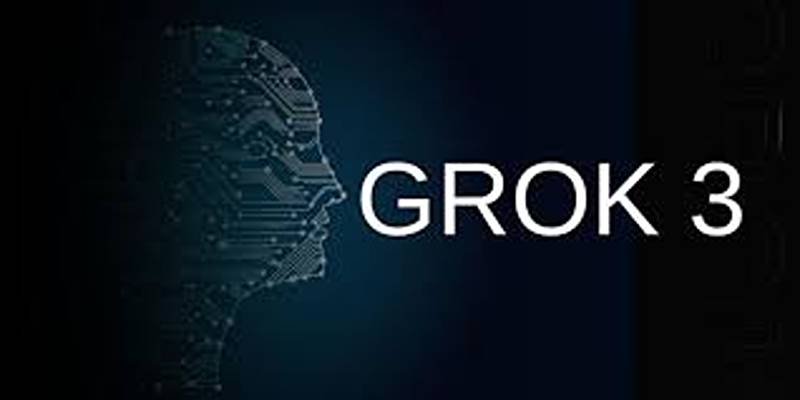
Grok 3 is the third version of the Grok series from xAI. With its roots deeply tied to the X platform (formerly Twitter), Grok 3 aims to bring real-time intelligence into AI communication. The model is integrated with X’s ecosystem and has access to up-to-date information, giving it a potential edge in situations requiring live data. Unlike Claude Sonnet, Grok 3 adopts a more casual, internet-style tone. It is often praised for its quick responses but sometimes criticized for lack of depth in reasoning or multi-step logic tasks.
Key Strengths of Grok 3
- Fast response time
- Connected to live web data for real-time awareness
- Built for casual and quick-use scenarios
- Effective for simple code generation and quick lookups
- User-friendly for non-technical audiences
Code Generation Performance
One of the most important use cases of LLMs in development is generating code. In this area, Claude 3.7 Sonnet generally performs better than Grok 3. Claude Sonnet is capable of generating well-structured code with detailed logic and inline comments, which is extremely helpful for developers working on real-world projects.
On the other hand, Grok 3 is optimized for quick answers. It can generate functional snippets of code quickly but often lacks context management, making it less suitable for larger or multi-part programming tasks.
Claude Sonnet in Code Generation
- Follows proper programming standards
- Adds documentation and inline comments
- Supports large code bases and modular design
- Maintains logical consistency across files
Grok 3 in Code Generation
- Generates short, single-function scripts quickly
- Good for copy-paste-ready answers
- It is not ideal for complex logic or layered architecture
- Tends to skip commenting and detailed documentation
Debugging and Explaining Code
Another area where developers rely on LLMs is debugging and understanding code behavior. Claude 3.7 Sonnet shows high proficiency in spotting logical errors, offering fixes, and explaining why the issue occurred. It behaves much like a senior developer helping a junior peer.
Grok 3 can also debug code, but its explanations are often shallow or repetitive. While it's quick, it may not catch deeper bugs related to data structure misuse, edge cases, or async behavior. There’s a clear advantage for Claude Sonnet in this category, especially for those who are learning programming or working on complex systems.
Multi-language Support
Claude 3.7 Sonnet has been trained in a broader and more diverse set of programming languages. It performs well across JavaScript, Python, Java, C++, and even less common languages like Rust or Haskell. Grok 3 is best with JavaScript and Python but might struggle with less popular languages.
Logical Reasoning and Problem Solving
Claude Sonnet is built to handle complex reasoning, making it highly effective for algorithm challenges, data structures, and conditional logic. Developers often use it for interview practice, leetcode-style problems, and architectural design.
Grok 3, however, leans more toward general knowledge and trending tech topics. It struggles with logic-heavy prompts or problems that require step-by-step calculation. It makes it a weaker option for tasks that demand algorithmic reasoning or layered decision-making.
Best Use Cases for Claude Sonnet
- Solving algorithmic challenges
- Refactoring large codebases
- Implementing backend logic
- Learning advanced concepts
Best Use Cases for Grok 3
- Looking up command-line syntax
- Writing quick scripts
- Web automation tasks
- Fetching up-to-date tech info
Integration and Developer Experience

Claude 3.7 Sonnet is accessible via Anthropic’s API and integrates with popular platforms such as Slack, Notion, and third-party developer tools. It supports long context windows (up to 200K tokens), which means developers can provide large files or project data without losing track.
Grok 3 is available exclusively on X, with limited third-party integrations. It’s more like a chatbot experience than a full developer assistant. It limits its use to enterprise-grade projects or detailed workflows.
Final Comparison Table
Feature | Claude 3.7 Sonnet | Grok 3 |
Code Accuracy | High | Moderate |
Debugging Skills | Detailed | Surface-level |
Reasoning | Strong | Weak logic |
Real-time Info | No | Yes |
Language Coverage | Broad | Moderate |
Documentation Quality | Excellent | Often missing |
Ideal For | Developers, learners | Casual users, scripters |
Conclusion
For developers who need a capable, consistent, and intelligent coding assistant, Claude 3.7 Sonnet is the preferred option in 2025. It excels in logic-heavy tasks, provides cleaner code, and integrates better into serious development workflows. Grok 3 still holds value for users looking for quick help, casual scripting, or access to trending libraries, but it doesn’t match the technical depth of Claude Sonnet when it comes to real-world software engineering. In short, Claude Sonnet is the better coding model—more thoughtful, more accurate, and more reliable for serious coding work.

